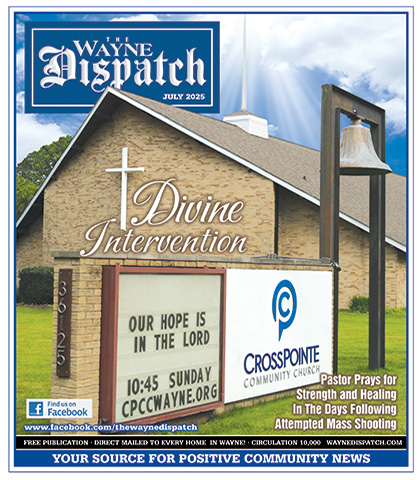Cash Stuffing: Have you heard of it?
 It’s a Thing
It’s a Thing
Jasmine Taylor was once afflicted with something that ails a lot of Americans: Not having enough money. And being saddled with debt certainly didn’t help.
She had roughly $60,000 in student loan debt as well as another $9,000 in medical and credit card debt on top of her regular expenses. That can make it awfully hard—if not impossible—to make ends meet.
“I just remember wondering how I was going to make it through the next month,” Taylor, 31, of Amarillo, Texas, remembers telling CNBC Make It.
Then things went from bad to worse when she lost her full-time job and had to resort to side hustles like delivering prescriptions for pharmacies and food for DoorDash.
Taylor wasn’t quite sure what to do next, but she knew this: She had to adjust her mindset around money.
Enter the resource many people consult now when they don’t know what to do: YouTube. That’s how Taylor discovered something called cash stuffing, a money management strategy that would soon change her life.
Says Taylor, “I literally stuck to it. I would only spend what I had in cash.”
And she had a plan to hold herself accountable, too.
She would post her spending on TikTok, a social media platform that was then basically known for quick and catchy dance routines.
The rest, as they say, is history.
Taylor’s cash stuffing posts soon went viral, which is akin to striking gold in the forms of views and recognition.
But Taylor’s next move was a game changer: She turned cash stuffing into an actual business, which she named Baddies and Budgets. The businesses is now the vehicle she uses to sell money courses, budgeting supplies, and other accessories.
And that has translated into lots of dollars for Taylor.
More on that in a second. First, let’s take a closer look at cash stuffing.
When Taylor started cash stuffing, she operated on a zero-based budget, which is the most common option among cash stuffers, Taylor says. This means you start your budget with whatever your paycheck number is, and then you give every dollar a place to go, down to zero. Next, Taylor divvies up her money in the form of physical cash.
“I put aside money for bills in envelopes. I put money aside for variable expenses, which is weekly spending,” she says. “Then you also put money aside for ‘sinking funds,’ which are like little short-term or long-term savings accounts.” Those can include an emergency fund, money for car maintenance or money earmarked for the holidays.
Whatever is left over is then put aside for the future, goes toward paying down debt or building up long-term savings. Taylor and her followers “stuff” the appropriate proportion of cash inside individual envelopes, or in labeled binders or cash wallets.
If this seemingly old school method of financial organization sounds familiar, it’s because it is. The act of budgeting with envelopes has been around for decades and grew quite popular in the days before debit cards and online payments.
“I’ve had older women reach out,” adds Taylor. “They come across my content, and they’re like, ‘My grandmother used to do that!’”
After a few months of cash stuffing, Taylor had saved $1,000. It was the first time in her life she had access to that much cash.
She says, “It’s a really surreal feeling when you’re a person who has mismanaged money all their life, when you finally get to the point where it’s like, ‘OK, I can do this.’”
Taylor is doing it.
After one year of cash stuffing, Taylor was able to pay off $23,000 in student loan debt and wipe out her medical debt and credit card balance. In spring of 2021, Taylor, who has 628,000 followers on TikTok, used her $1,200 stimulus check to purchase a Shopify account, shipping supplies, material for cash-stuffing wallets, and a Cricut machine to print labels for envelopes and wallet covers.
In 2022, her business pulled in about $850,000. This year, it’s projected to clear $1 million.
Turning a TikTok presence into a full-time business doesn’t have to be your plan to make cash stuffing work for you—or your bottom line. Starting modestly with a concerted effort to save a certain amount of money—no matter how small—can produce a sizable stash in the long run.
“The same stuff I teach my audience, I still use in my everyday life,” Taylor says.
Courtney Conover is wife, mom, yoga instructor, and Chicken Soup for the Soul contributor who has called Wayne home since 1995.





